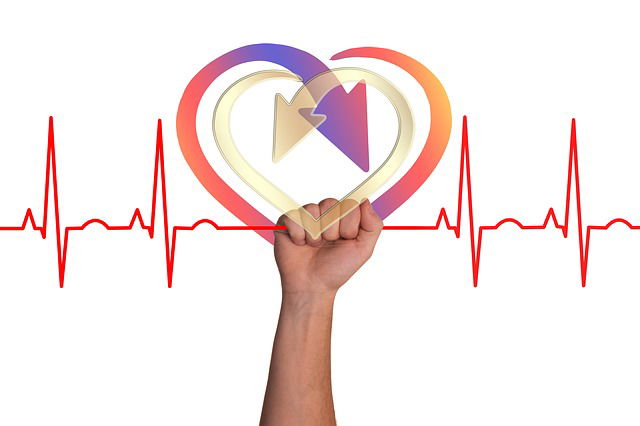
Heart attacks is one type of heart disease that significantly threaten one’s life.
The heart is alive because it gets oxygen-rich blood. When the blood flow to a section of heart muscle is blocked for some reason, a heart attack occurs.
If the heart muscle cannot get oxygen-rich blood quickly, it will die within minutes.
A heart attack can occur very quickly, and thus a quick treatment is very, very important.
So what is cardiac arrest?
It is a condition when the heart suddenly stops pumping blood round the body. It is commonly caused by a problem with electrical signals in the heart.
Because the heart stops pumping blood, the brain will be starved of oxygen. This can cause you to fall unconscious and stop breathing.
Just like a heart attack, cardiac arrest happens very quickly and if the patient cannot get immediate treatment, the condition will be fatal.
But heart attacks and cardiac arrest are different diseases, and they have different signs and symptoms.
Signs of a heart attack
Common signs of a heart attack include chest of abdominal pain, tightness in the chest, sweating, heart pounding, trouble breathing, jaw or arm pain, dizziness, and loss of consciousness.
In women, symptoms of a heart attack can include pressure, fullness or pain in the chest center, pain in one or both arms, shortness of breath, back of stomach pain, cold sweat, nausea, jaw and neck pain and lightheadness.
Signs of cardiac arrest
The main signs of cardiac arrest include sudden collapse, unresponsiveness, abnormal breathing and blue discoloration of the face.
Treatment of heart attack
The best way to get heart attack treated is immediately calling 911.
During the waiting time, you need to do several things to keep the patient safe. One thing is to keep the patient calm and sit or lie down.
If the person is not allergic to aspirin, you need to have him/her chew and swallow a baby aspirin.
If the person stops breathing, you should perform CPR immediately.
Treat of cardiac arrest
The most important thing is still calling 911 to send someone for automated external defibrillator, or AED.
AED is a device that can automatically detect when a shock to the heart is needed — and safely deliver it.
During waiting, you should do hands-only CPR. If there is an AED near you, use it by following the simple instructions. You quick action may double or triple the patient’s survival chance.
Copyright © 2018 Knowridge Science Report. All rights reserved.



